As technology progresses, the automotive industry undergoes a transformative shift for the betterment of future models and the convenience of drivers. From basic systems to boost acceleration and powertrain, vehicles have now been equipped with autonomous driving. Some of these advancements and innovations have completely transformed the industry for its betterment, leaving a permanent impact that sets new standards. Advancements in brakes, designs, engines, and fuel efficiency boost productivity and enhance the overall appeal for drivers. Here are 17 game-changing innovations in car manufacturing that are here to stay.
Anti-lock Braking System
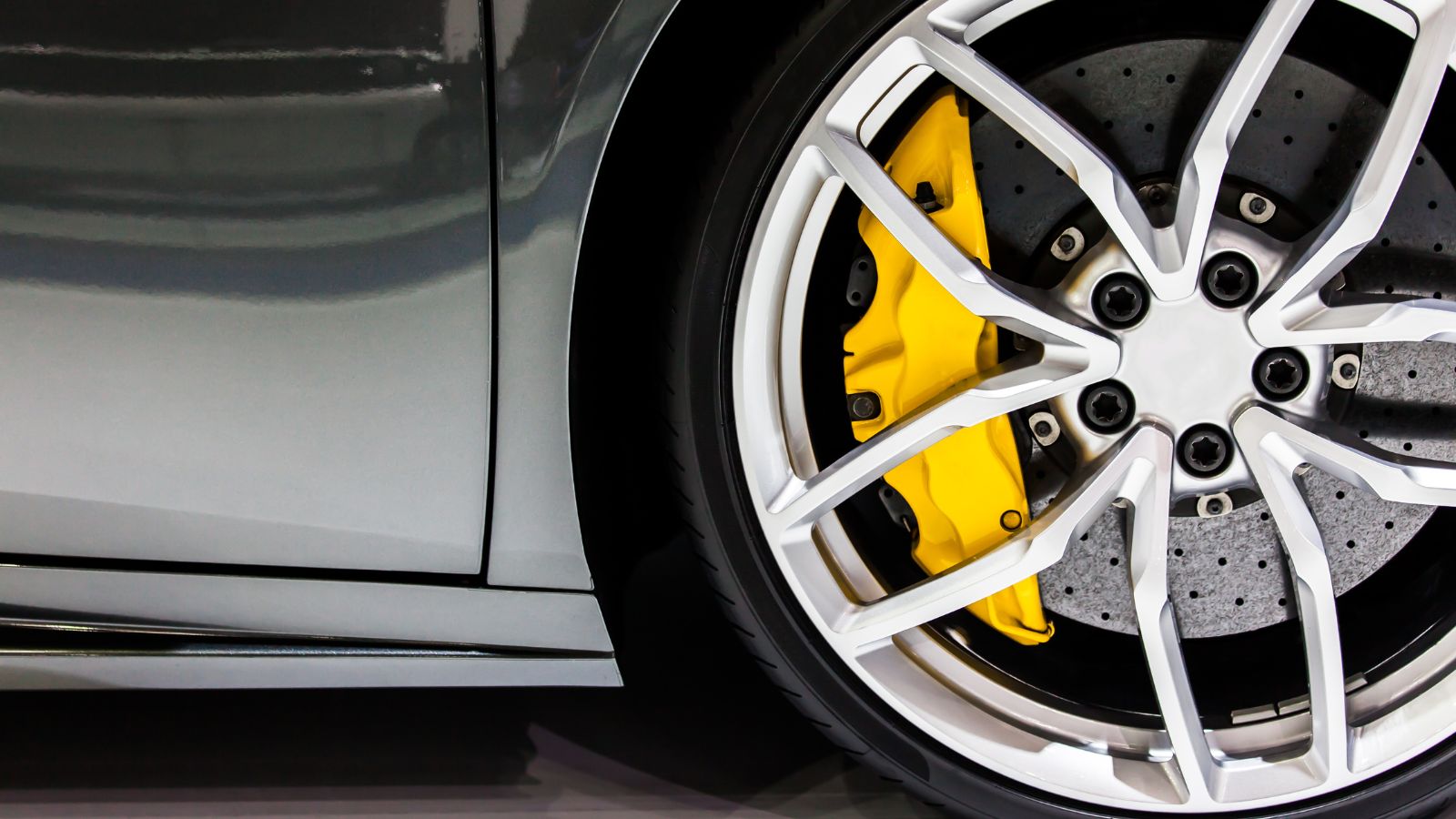
Neglecting others while driving can lead to fatal consequences, causing accidents and collateral damages. In such cases, which require quick action, anti-lock braking systems ensure that there isn’t any wheel lock-up during hard brakes. Using various sensors, this system monitors the wheel rotation to moderate the brake pressure and enables brake pressure to allow the wheel to rotate continuously. This technology has reduced skids and enhanced driving dynamics, helping drivers navigate around more precisely.
All-wheel Drive
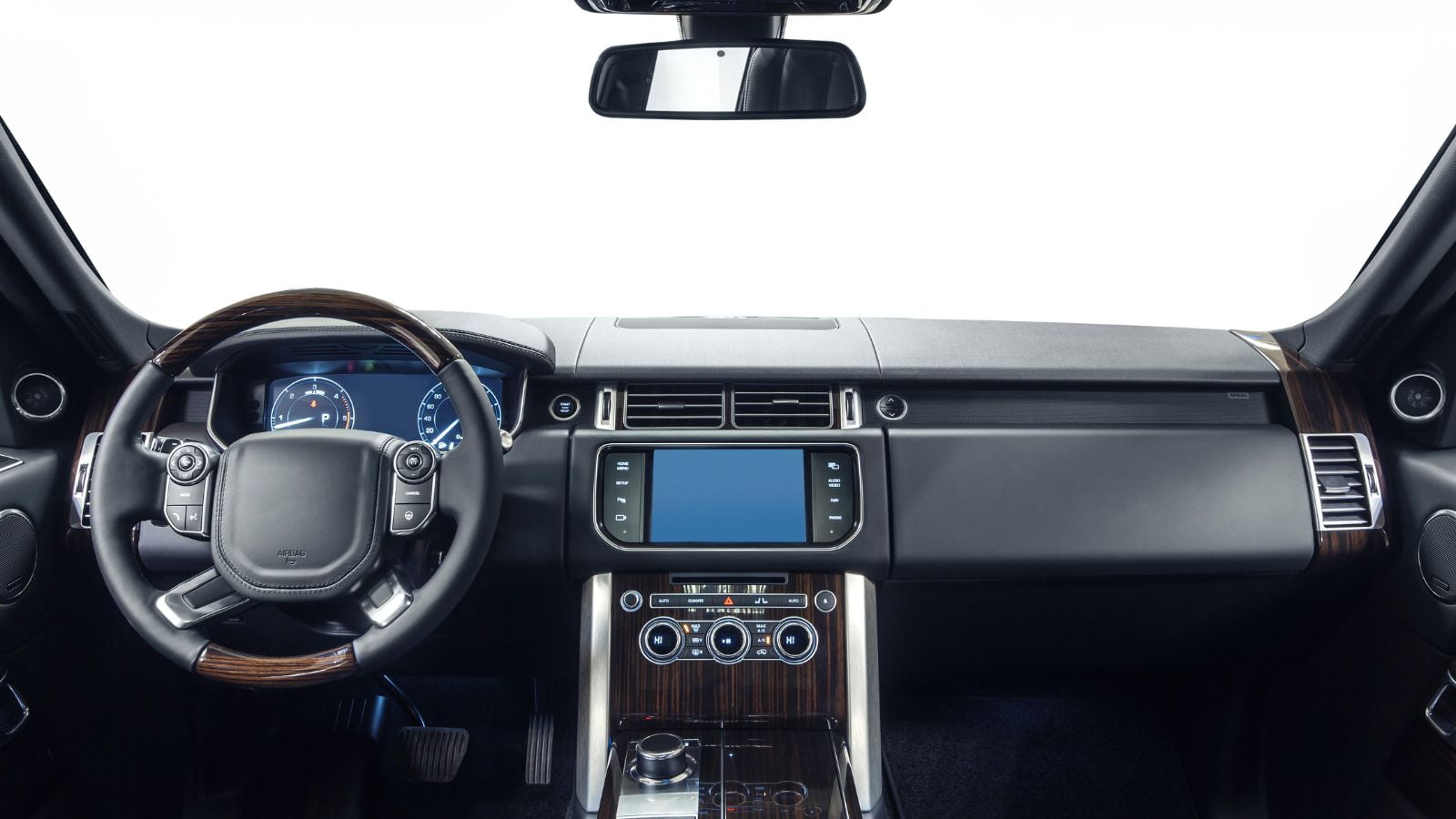
The transformation from rear-wheel drive to all-wheel drive has improved vehicle stability and traction. Regardless of the driving condition or setting, All-Wheel Drive (AWD) provides better control on rigid terrains or slippery roads. It distributes torque equally to all the wheels, improving acceleration and reducing the possibility of a wheel slip. Depending on the setting and surrounding environment, drivers may opt to enable it full-time or on demand.
Electric Vehicles
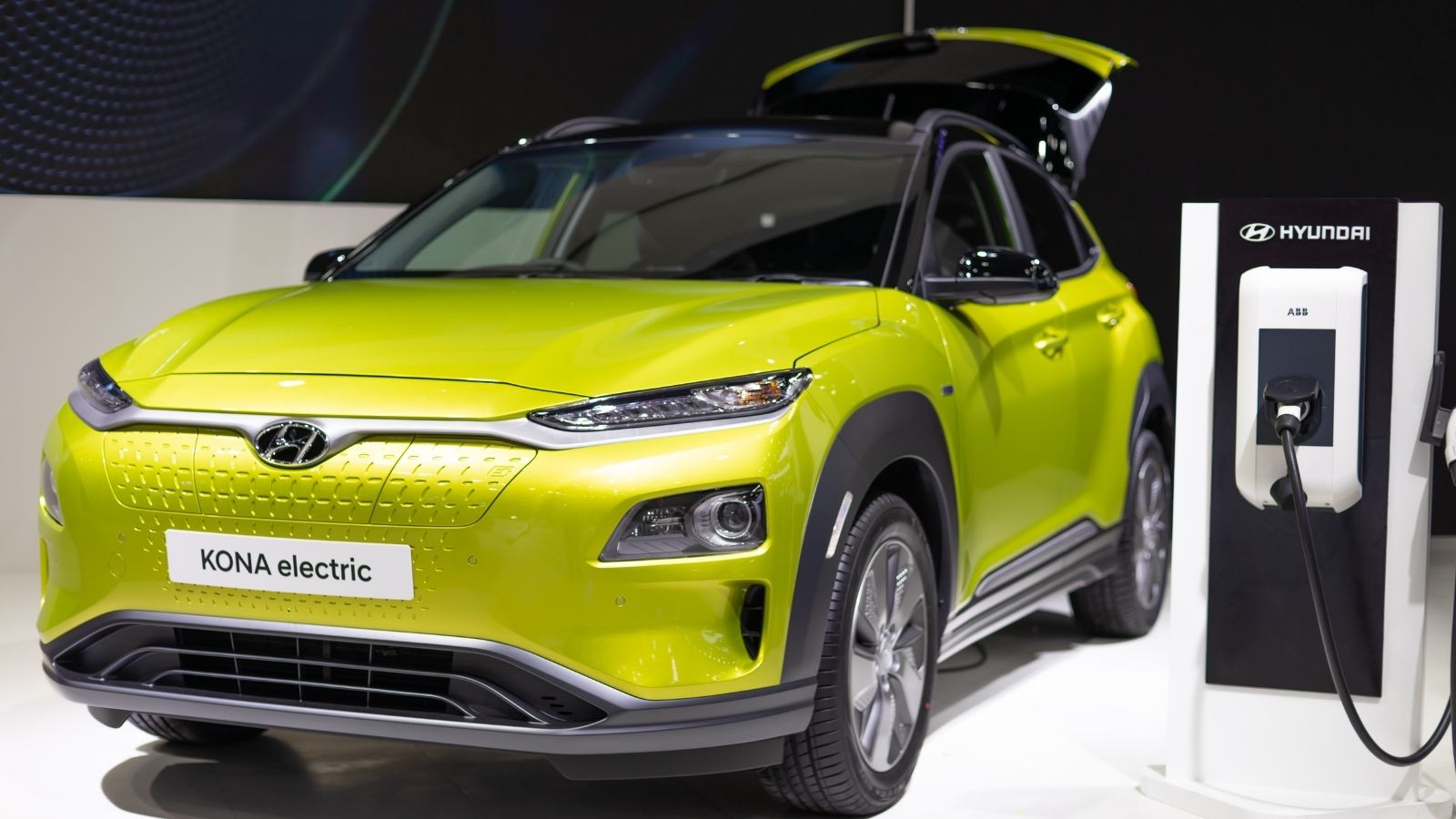
The advent of electric vehicles has wholly transformed the automotive industry, revolutionizing it while conserving the environment. Electric motors, which aim to replace gasoline-powered cars completely, are equipped with cutting-edge technology, improved AI assistance, and advanced driving dynamics. The advancements in batteries enable EVs to travel longer ranges, many charging to 80% in under 30 minutes. Some of these electric vehicles, such as the Tesla Model S, can accelerate to 60 mph in only 2.9 seconds, providing the potential that these vehicles hold.
Hybrid Vehicles

Like electric vehicles, hybrid vehicles aim to replace gasoline-powered cars but capitalize on their benefits. Fuel efficiency is the main area where hybrid vehicles get the better of electric vehicles. Many of these boast a combined range of over 500 miles, where some miles are credited to the pure electric motor. Hybrids also emerge as an eco-friendly option that combines both engines to deliver optimal performance.
Autonomous Driving

Self-driving or autonomous driving has become one of the most impressive innovations in automotive history. These use sensors, cameras, and artificial intelligence to navigate the obstacles on the road. They are programmed and installed so vehicles can perform specific driving tasks, from lane-keeping to self-parking. Further refinements are being made to improve the vehicle’s safety, allowing it to be driven by the elderly and disabled.
Advanced Driver Assistance Systems
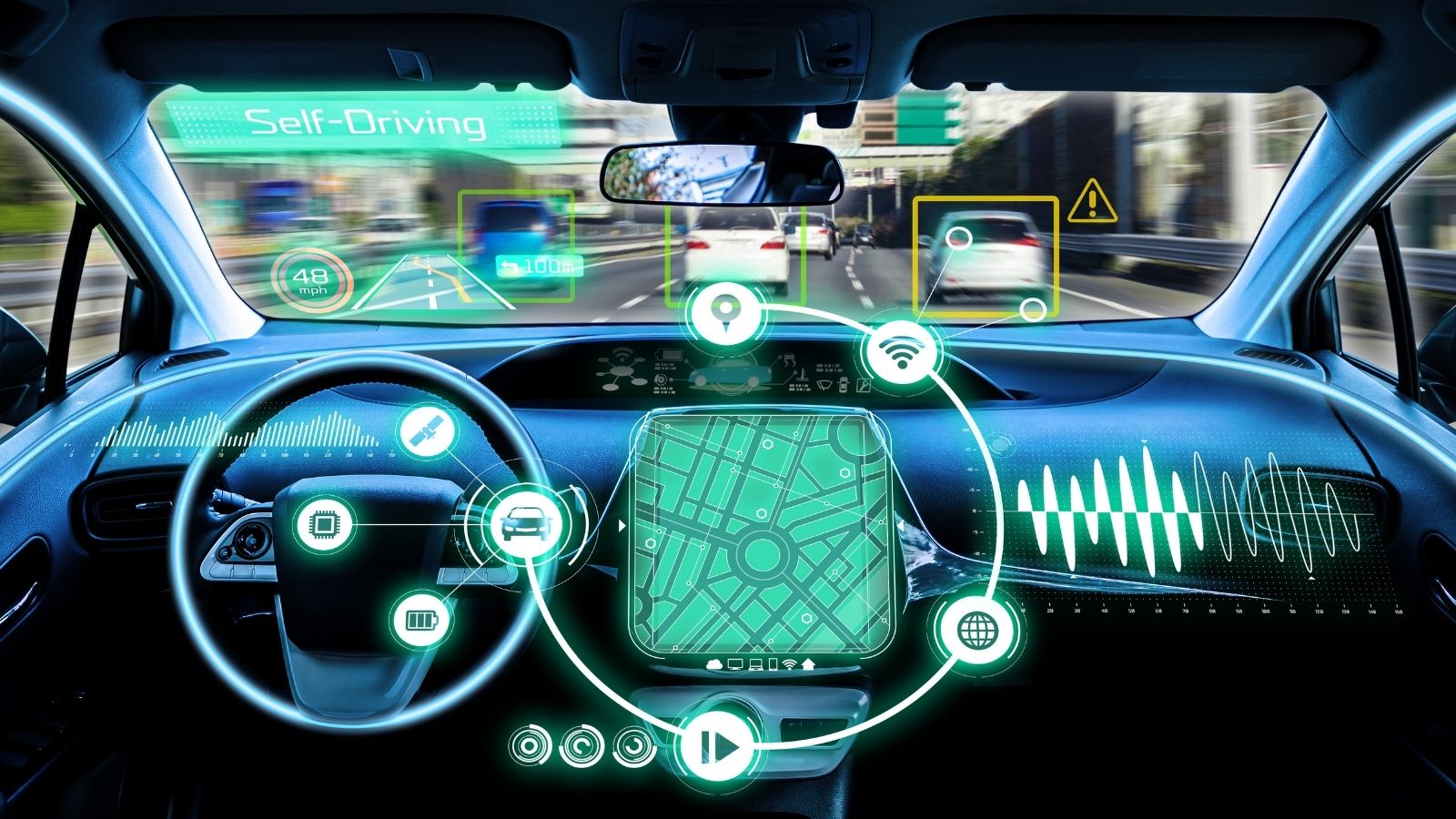
ADAS (advanced driver assistance systems) has been hailed as the all-in-one solution for drivers, giving them peace of mind in terms of security. Features like traffic recognition, emergency braking, and lane-keeping assist the driver in monitoring surroundings and avoiding hazards. This feature also enhances the overall driving experience and comfort by reducing the risk of accidents.
Anti-theft Systems

The last thing you would want is for a burglar to break into your car when it is unsupervised or parked somewhere. Anti-theft systems alert the driver and surroundings by loud alarms if the biometric access is hacked. Moreover, this system provides a GPS tracker that can direct owners and authorities back to the car. Such facilities can reduce insurance premiums and mitigate any risk of vehicle theft.
Automatic Transmission
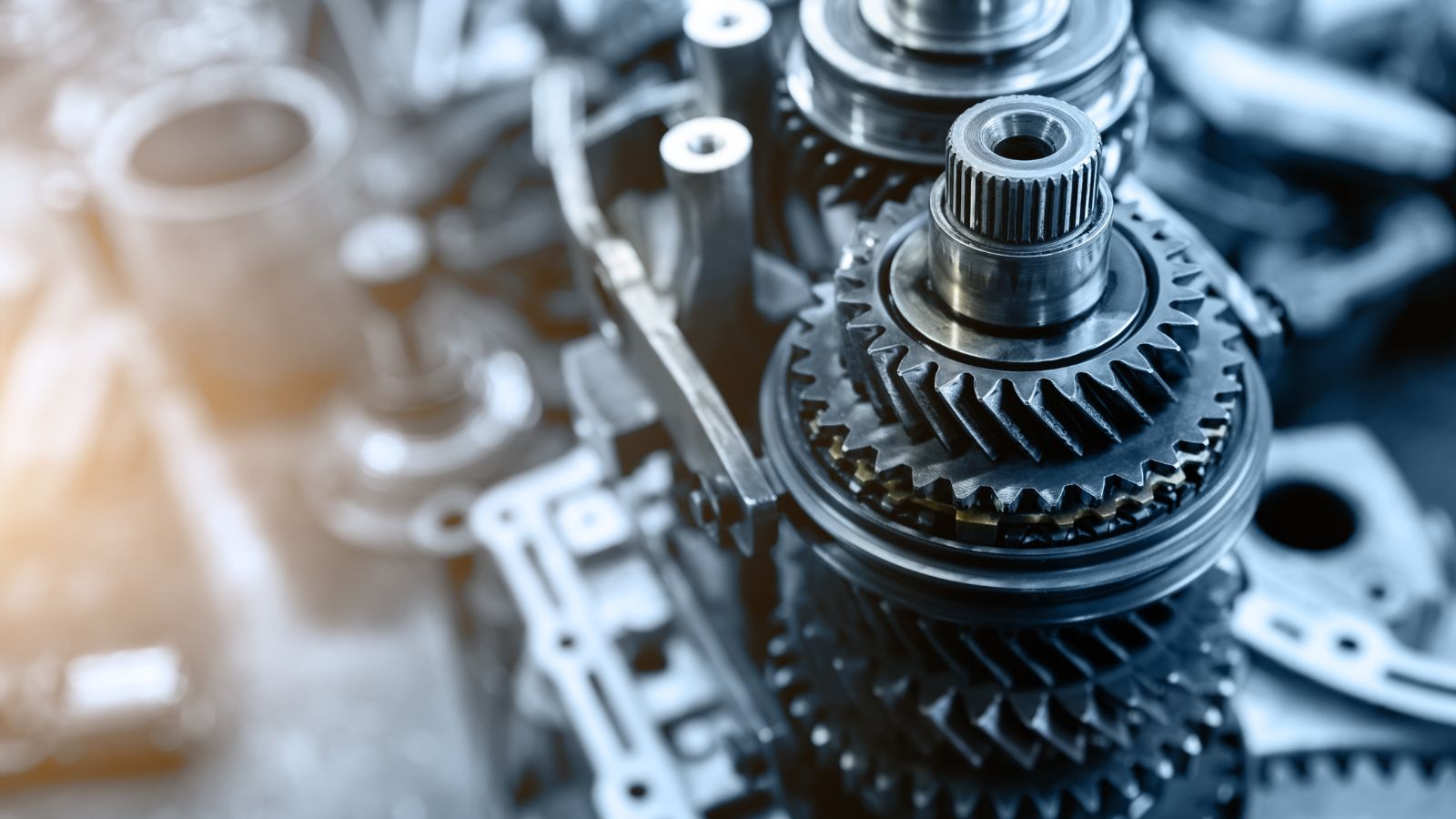
Automatic transmissions eliminate manual gear shifting, making it easier and more convenient for drivers. These transmissions change the gear based on the speed factor alongside the load and driving conditions. With the help of advanced algorithms, this system controls the gear selection to improve performance. By using auto transmission, drivers can improve their fuel efficiency, which helps them manage their fuel economy.
Catalytic Converters

Gasoline-powered vehicles have been lashed for the harmful emissions they release, which further contribute to greenhouse emissions. To somewhat control these, catalytic converters, which use catalysts such as platinum, rhodium, and palladium to convert toxic gases, were introduced. They convert carbon monoxide, hydrocarbons, and nitrogen oxides into carbon dioxide, which is relatively less harmful. The widespread adoption has been a primary contributor to reducing urban smog.
Electronic Stability Control

While other systems are in place to deal with brakes and traction issues, Electronic Stability Control (ESC) detects loss of control to apply brakes automatically. The application of ESC has reduced to lesser skidding, allowing drivers to regain control and avoid collisions. This system is the predecessor of “Anti–Skid Control ” which was first introduced by Toyota Crown in the early 1980s. Nowadays, more than 80% of vehicles are equipped with this dynamic stability control system, which enhances the vehicle’s cornering performance.
Biometric Access Systems

Biometric authentication is available on all devices, from mobile phones to door locks. The system verifies and identifies a person’s biological characteristics instead of using keys to unlock the car. These may be fingerprints and facelocks of a single person or multiple users who have created their profiles. Biometric authentication does come with some setbacks and concerns regarding safety, particularly for managing multiple profiles. However, upgrades are being made to strengthen it.
Lane Departure Warning
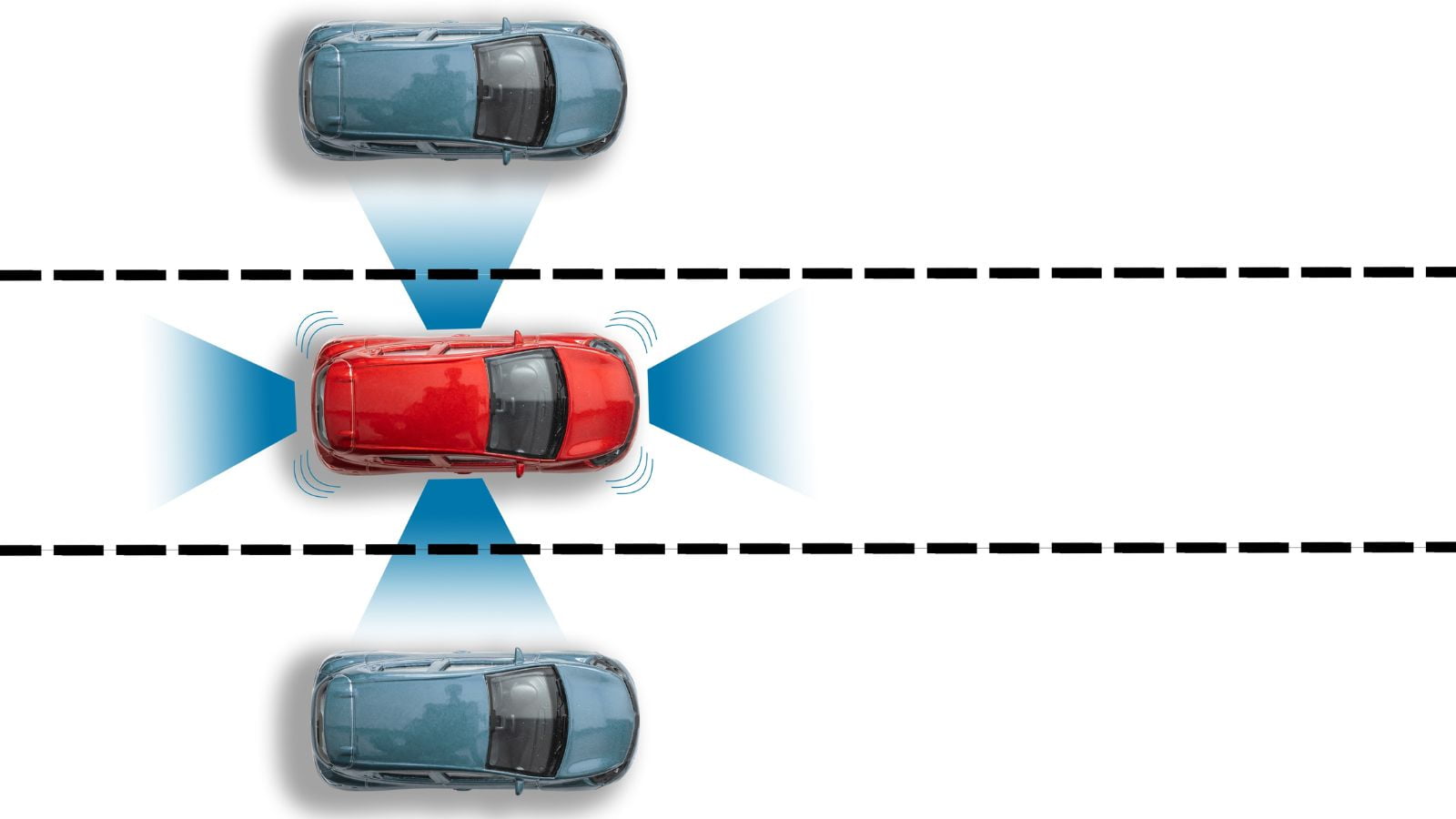
The system of Lane Departure Warning (LDW) was introduced in the early 2000s with its primary aim to prevent accidents. It alerts drivers if their vehicle unintentionally begins drifting out of it, which may lead to collusion against other cars. Volvo and Mercedes-Benz were pioneers who used sensors and various cameras to alert drivers of road markings. It has helped drivers focus better by giving them flashing indicators and vibration signals if they ever leave the lane.
Blind Spot Monitor
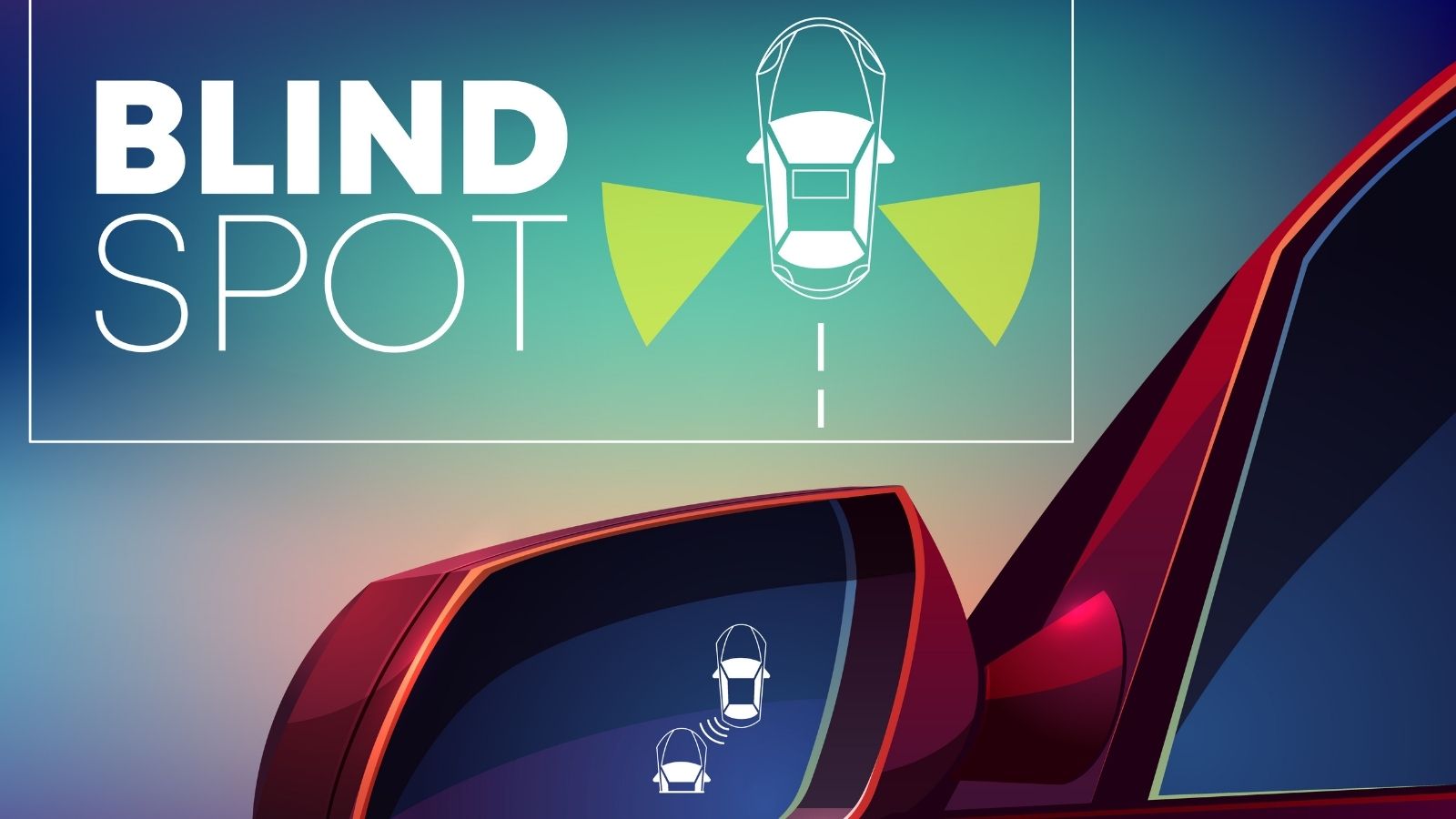
As the name suggests, the blind spot monitor lets you view the adjacent or sidelines. These can be equipped on the side mirrors and were first used by Volvo and Audi. The first blind spot monitoring system came in the form of the Blind Spot Information System (BLIS), which signaled a warning when a vehicle entered the blind spot. Another instance can be when a vehicle is overlooked while switching lanes, resulting in mini-crash incidents.
Cruise Control

Keeping your foot on the accelerator for long periods on highways is always inconvenient. The Cruise Control technology, first introduced by Chrysler in 1958, allows the driver to maintain a fixed speed without using the accelerator. The early use of this was seen in the 1960s AMC Ambassador, following which this has become a prominent part of all vehicles. It’s very beneficial to regain focus and relieve fatigue during longer rides. Another variation is the Adaptive Cruise Control (ACC), which adjusts speed based on the traffic.
Wireless Charging
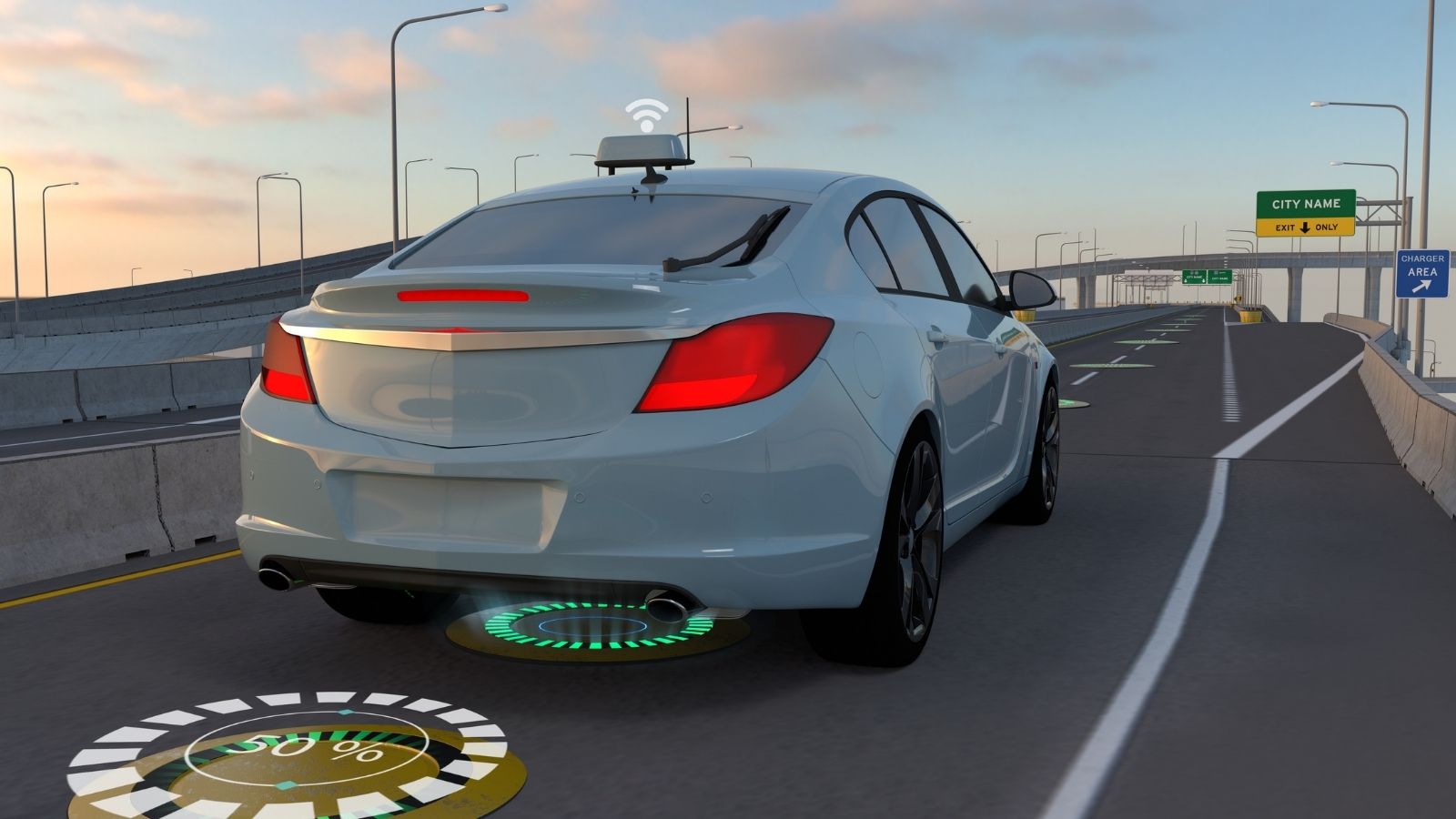
Wireless charging is a groundbreaking technology that uses inductive, dynamic, or stationary gear to charge electric vehicles. The concept of remote charging has been experimented on since the 1990s, and the first dynamic wireless system, Online Electric Vehicle, was developed in 2009. Wireless charging solves many problems in electric vehicles, such as range and fuel efficiency concerns. Installing wireless pads outside homes, malls, restaurants, and other areas to charge EVs would make them on par with gas stations.
Parking Assistance Systems
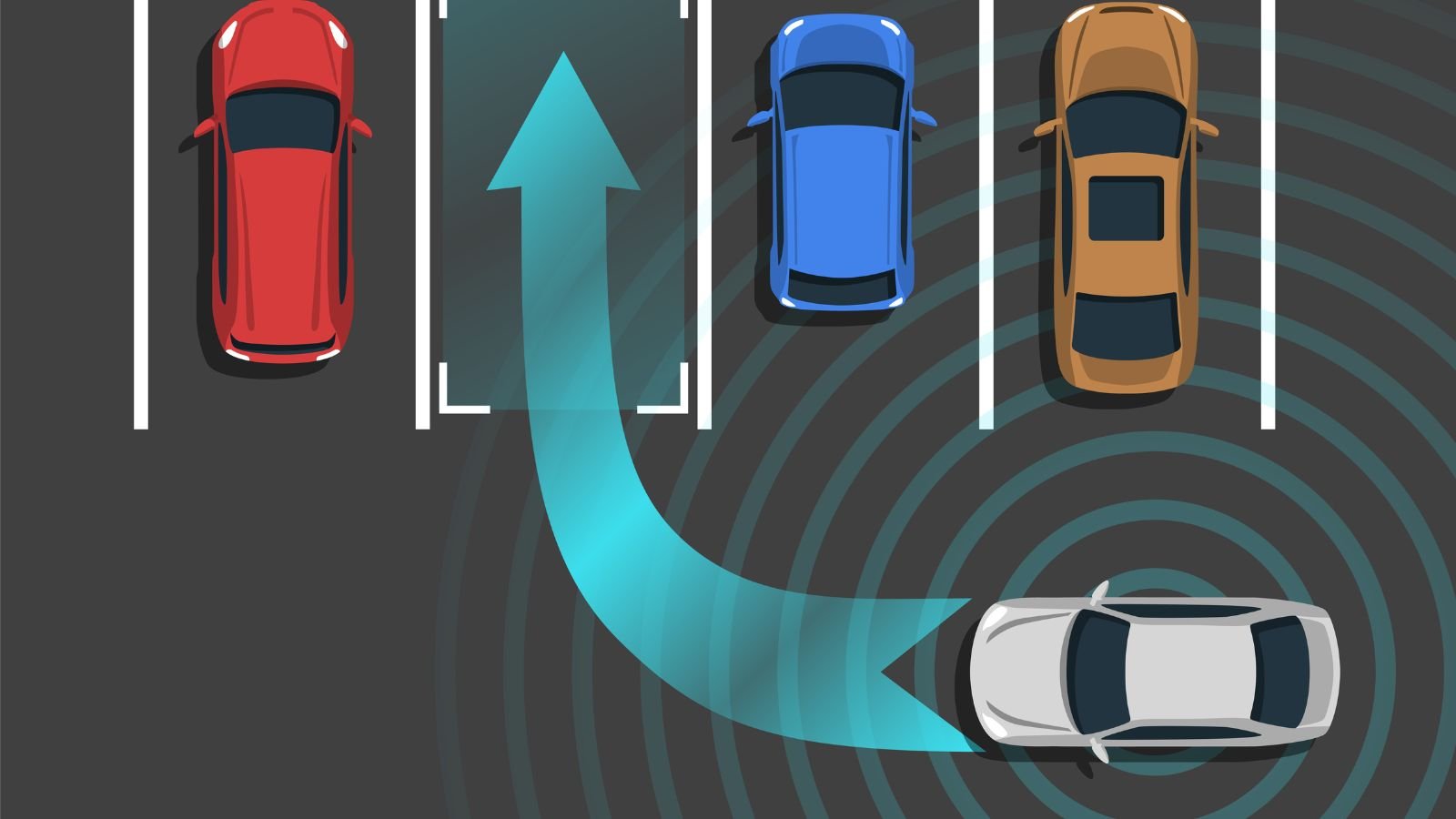
Over the years, parking systems have reached new heights, with some offering complete automatic parking and some offering intelligent parking systems. Automatic parking was first seen in 2003 when Toyota equipped its hybrid car with this parallel parking system. By 2012, several cars had incorporated it to make it even more convenient for drivers, especially beginners, to navigate their way around. Intelligent parking systems register the input from drivers through an in-dash screen and buttons.
Emergency Steering Function
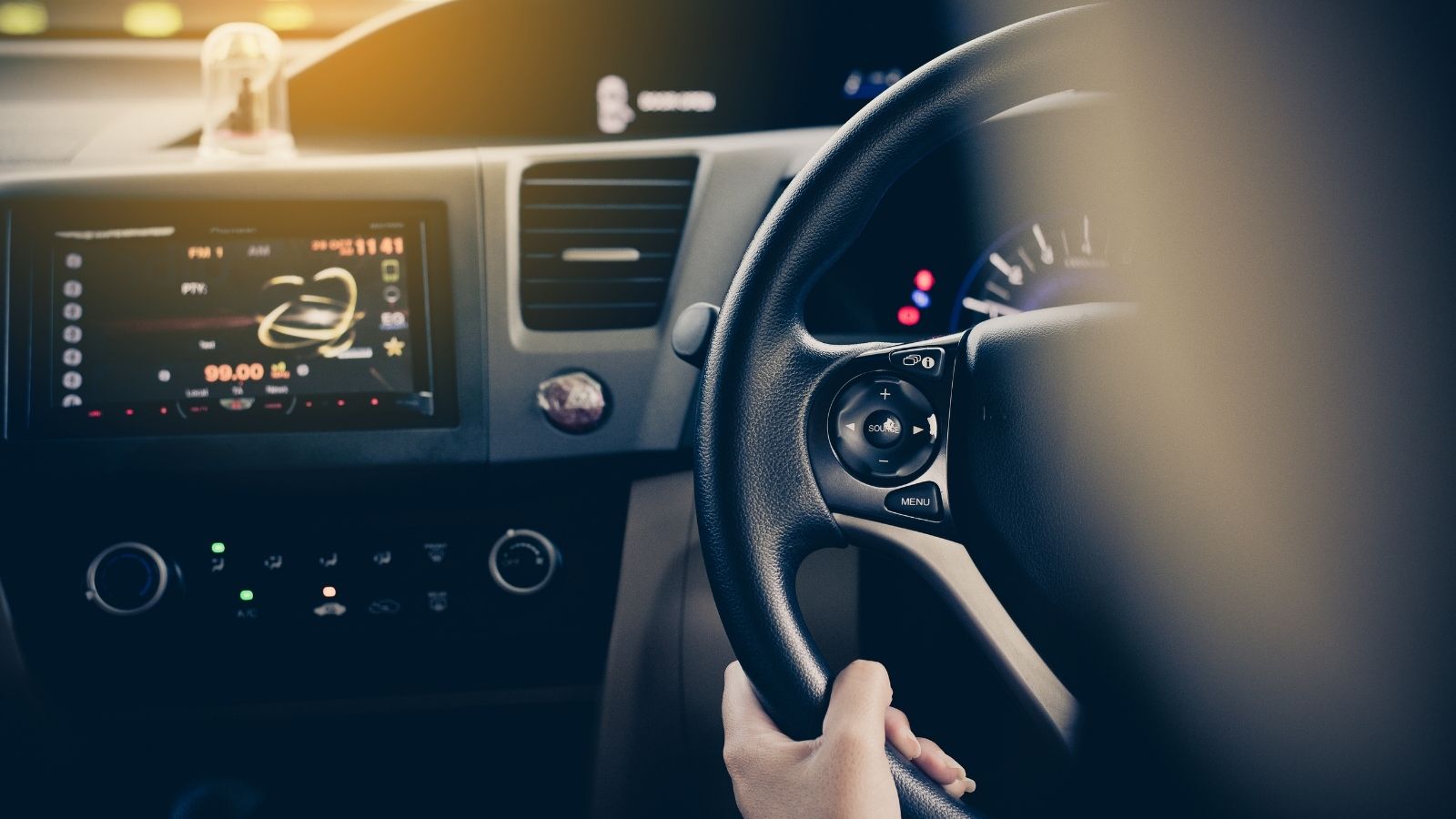
The risk of potential impacts or crashes while driving often makes one lose their cool, making it challenging to handle the steering. Sudden decisions disrupt the whole flow, and any steering movements in the wrong direction may lead to fatal consequences. Emergency Steering Function (ESF) is an automated system that adjusts the steering instead of braking if any collision risk is detected. It navigates away from the threat and is a breakthrough technology that assists the driver in taking back control and escaping the threat.
The 10 Most Reliable Car Brands According to Mechanics
![]() When choosing a car, one of the most crucial factors is reliability. But what exactly does it mean when we say a car is reliable? Reliability refers to the vehicle’s ability to perform consistently well over time with minimal issues. A reliable car requires fewer repairs, is cost-effective to maintain, and offers peace of mind to the owner. In this article, we delve into the ten most reliable car brands according to mechanics, explaining why these brands are trusted and highlighting endorsements from institutions, car experts, and reputable websites. The 10 Most Reliable Car Brands According to Mechanics
When choosing a car, one of the most crucial factors is reliability. But what exactly does it mean when we say a car is reliable? Reliability refers to the vehicle’s ability to perform consistently well over time with minimal issues. A reliable car requires fewer repairs, is cost-effective to maintain, and offers peace of mind to the owner. In this article, we delve into the ten most reliable car brands according to mechanics, explaining why these brands are trusted and highlighting endorsements from institutions, car experts, and reputable websites. The 10 Most Reliable Car Brands According to Mechanics
